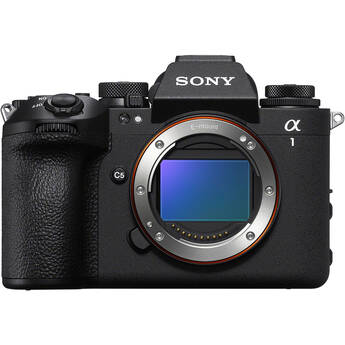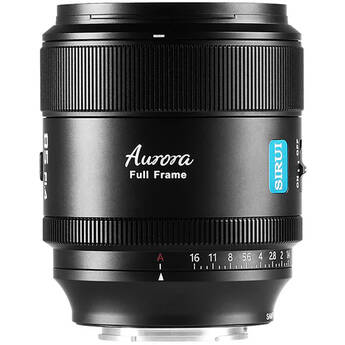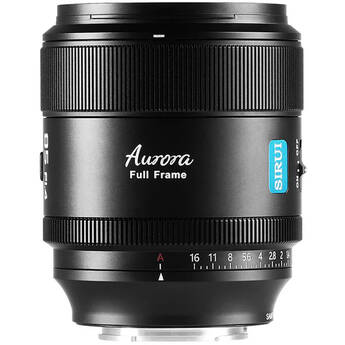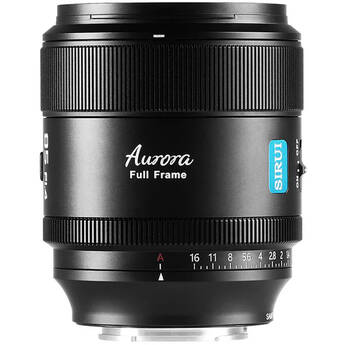SIRUI Aurora 85mm Full-Frame Autofocus F1.4 Lens On the New Sony A1 II – Review
Restriction-free music courtesy of Epidemic Sound. Sign up here: Epidemic
The SIRUI Aurora 85mm full-frame autofocus lens was recently announced, and now it is time to put it through its paces. This new lens is SIRUI’s first in their full-frame autofocus lineup. We paired it with the newly announced Sony A1 II, as it was interesting for us to see how well it performs on Sony’s 8K flagship mirrorless camera. To cut a long story short, for $499 (early bird price), one is getting a very capable lens that can easily resolve up to 8K recording resolution. Interested in learning more? Please read on.
Keeping up with the latest trends, SIRUI, a reputable manufacturer of lenses, tripods, lights, and accessories, has now introduced their first-ever full-frame autofocus lens for Sony E, Nikon Z, and FUJIFILM X cameras. The Sony A1 II and the SIRUI 85mm lens arrived at our office more or less at the same time. After carefully examining the A1 II, we decided against doing a review on the camera alone, since video-wise it offers almost the same as its predecessor, the original A1. Instead, we decided to pair these two together!
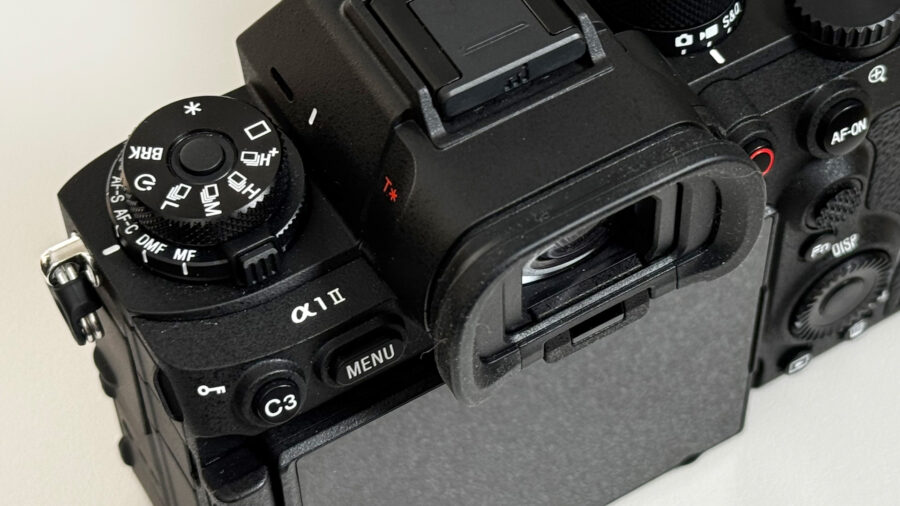
Sony A1 II
Sony’s flagship mirrorless camera, the A1, was introduced over three years ago. Of course, when we heard about the upcoming Sony A1 II, our expectations were high. In case you missed it, you can check out our Sony A1 review here and our Lab Test here). When it comes to video, the original Sony Alpha 1 already performed well. About two years ago, it received a significant performance boost with a firmware update that added 8K XAVC HS, 4:2:2 10-bit internal recording option. So with the new camera, one can also expect 8K recording in up to 30fps, next to 4K/60 for normal recording and 4K/120 for high-frame-rate. (240 fps in full HD).
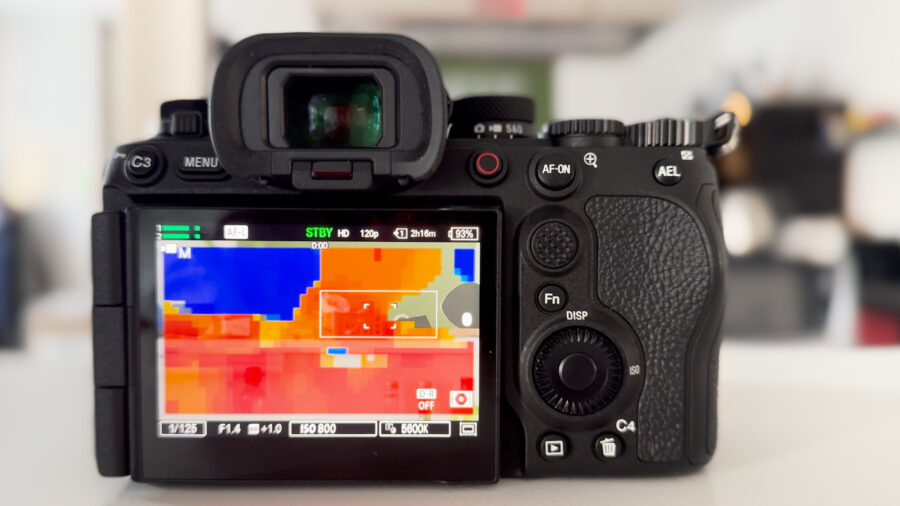
Fast forward to today’s announcement. Now we can share that the Sony A1 II keeps the same sensor (50,1PM) and processor as the older model, but includes new features and operability inherited from the a7R V and a9 III. For example, there is a new dedicated AI processing unit to help with enhanced autofocus and recognition performance, focus map, enhanced active mode electronic stabilization, and the ability to import up to 16 user LUTs.
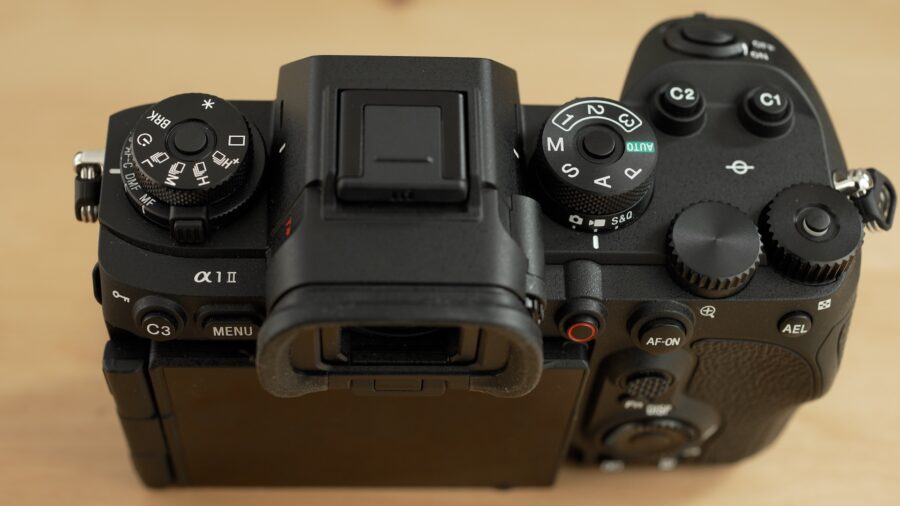
When it comes to the A1 II camera body, it is EXACTLY the same as the Sony a9 III, featuring a 4-axis multi-angle LCD monitor and a similar button layout.

Rolling Shutter: Sony A1 II, APS-C, 4K/25p, 10.9ms 

Rolling Shutter: Sony A1 II, Full-Frame, 4K/25p, 8.2ms 

Rolling Shutter: Sony a1 II, Full-Frame, 8K/25p, 16.5ms 
Rolling Shutter: Sony A1, Full-Frame, 8K/25p, 16.6ms
Summary
The Sony A1 II is a nice flagship camera, but for filmmaking, with the introduction of the 4-axis LCD screen and a9 III-like camera body, it brings a bigger increase in functionality rather than picture quality (see our rolling shutter test results above). Yes, video noise levels might be a bit better and S-Log compatibility with other higher-end cameras from Sony’s line might have improved, but all in all, the video picture quality of both cameras is rather the same. We haven’t tested the camera for photography, so I tend to believe that in this department the increments are greater. In a nutshell, we are talking about an “evolution”, not a “revolution”.
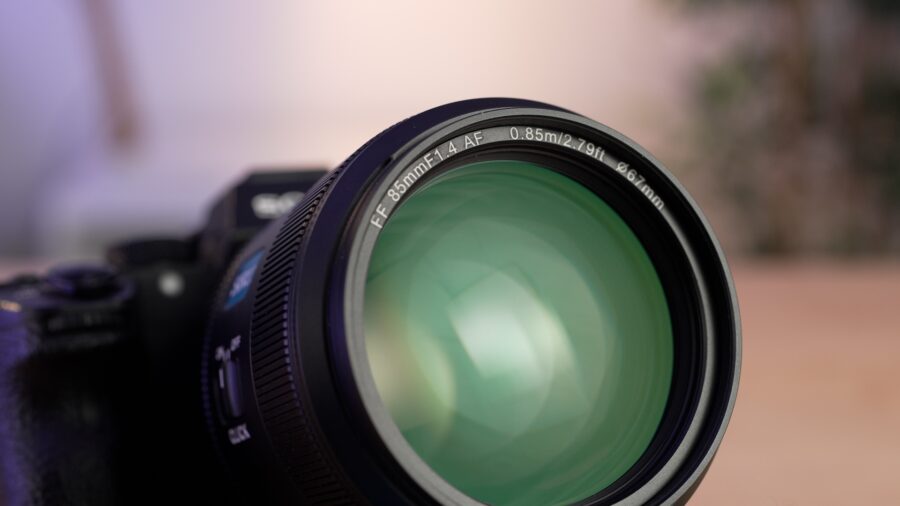
SIRUI Aurora 85mm Full-Frame f1.4 Autofocus lens
On the other hand, the new SIRUI Aurora 85mm full-frame autofocus lens, is a pleasant surprise! Taking into account that this is SIRUI’s first autofocus full-frame lens, they did very well.
What not to expect
Please allow me to align expectations first. The new Aurora 85mm is an “electronic lens”-meaning, it needs to be connected to the camera to power up. I’m mentioning this, so you are not surprised when your aperture doesn’t physically change when rotating the aperture ring. On top, don’t expect physically hard stops for minimum and maximum focus distance. As with many other AF lenses, this lens is designed to be suitable for photographers first, and videographers second.
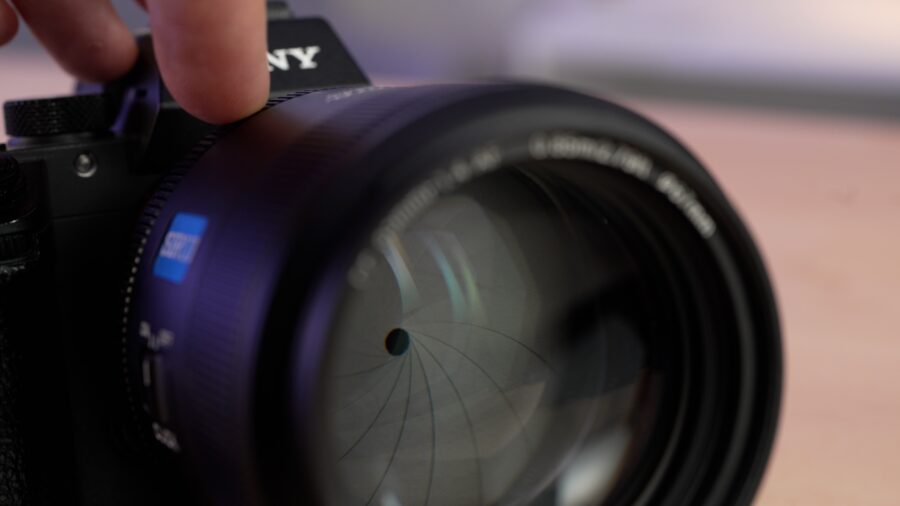
The advantages of using the SIRUI Aurora 85mm lens
Fast F1.4 aperture
We tested the lens on the new Sony A1 II and found it to be surprisingly sharp even when being wide open at f1.4. Stopping it down a notch to F2 yields a slight improvement in sharpens.
Fast accurate silent autofocus operation
I was surprised to see how fast, quiet, and accurate focusing is (And we are talking about a pre-production lens.
“Brilliant image quality”
While the term “brilliant” usually belongs to marketing, we found the following when testing the lens:
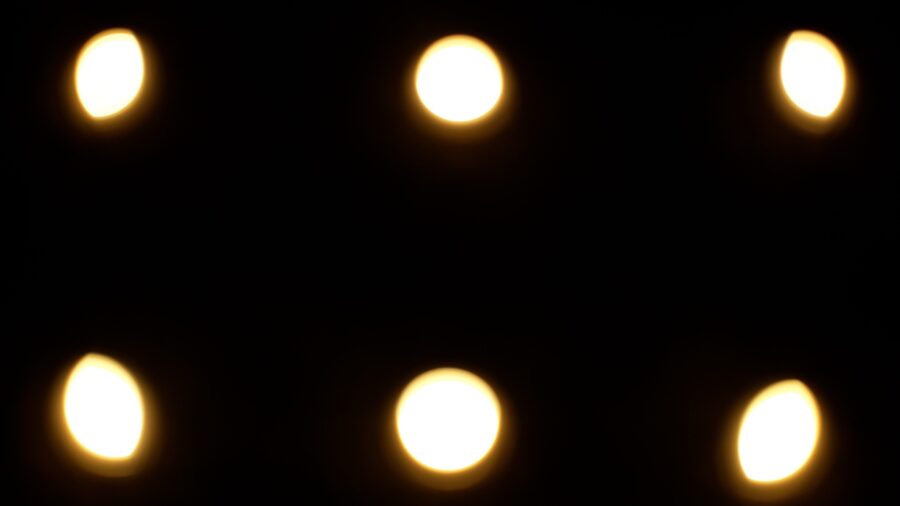
- Bokeh: very nice and smooth, cat-eyes in the corners (no traces of “onion rings”).
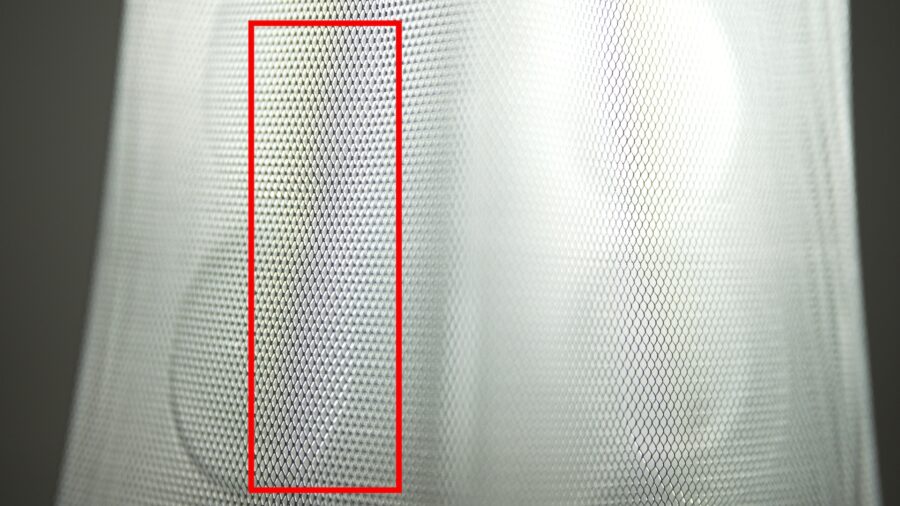
- Chromatic aberration: visible but well controlled.
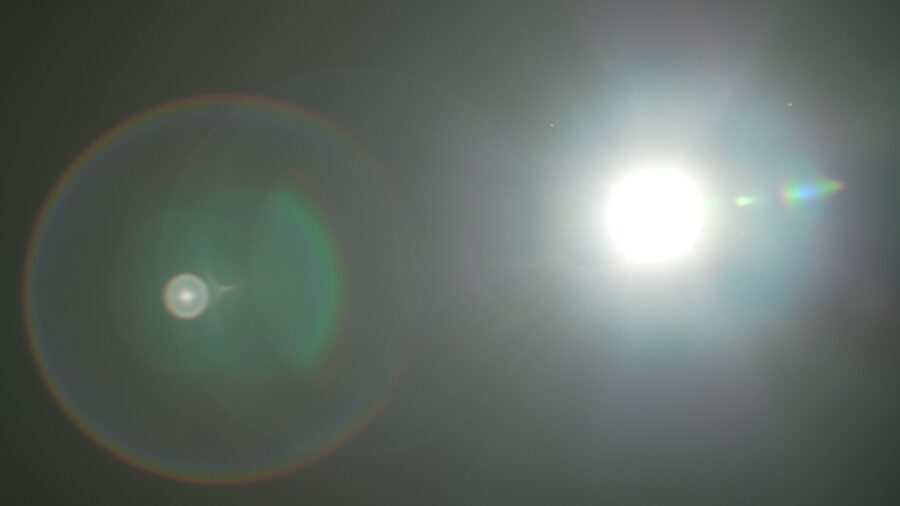
- Lens flares: well controlled.
- Focus breathing: well controlled.

SIRUI Aurora 85mm Full-Frame at f1.4 
SIRUI Aurora 85mm Full-Frame at f2 
SIRUI Aurora 85mm Full-Frame at f2.8 
SIRUI Aurora 85mm Full-Frame at f4 
SIRUI Aurora 85mm Full-Frame at f5.6
- Sharpness: sharp even at f/1.4.
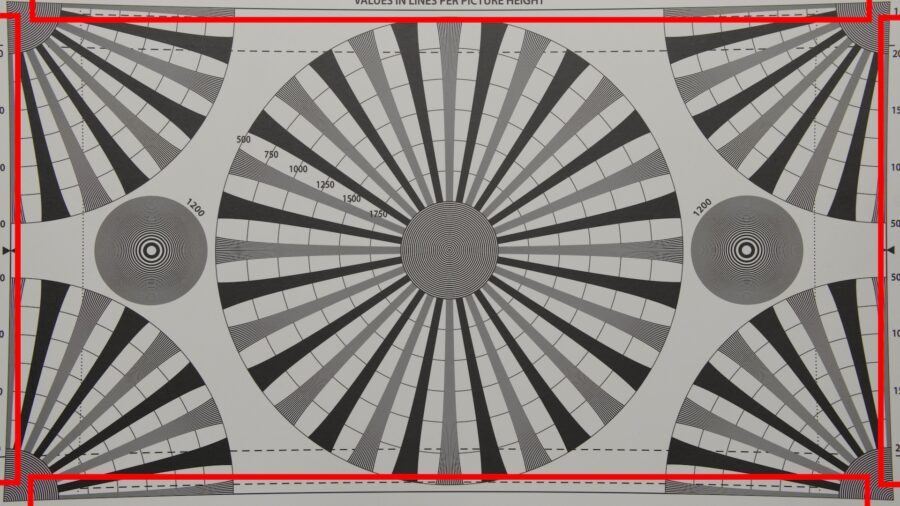
- Distortion: pincushion distortion is visible.
Top this with being lightweight (540g, thanks to using an aspherical lens), and very accessible price ($499 now, and $599 early next year), and you get a very versatile portrait lens that can easily be mounted on gimbals for example.
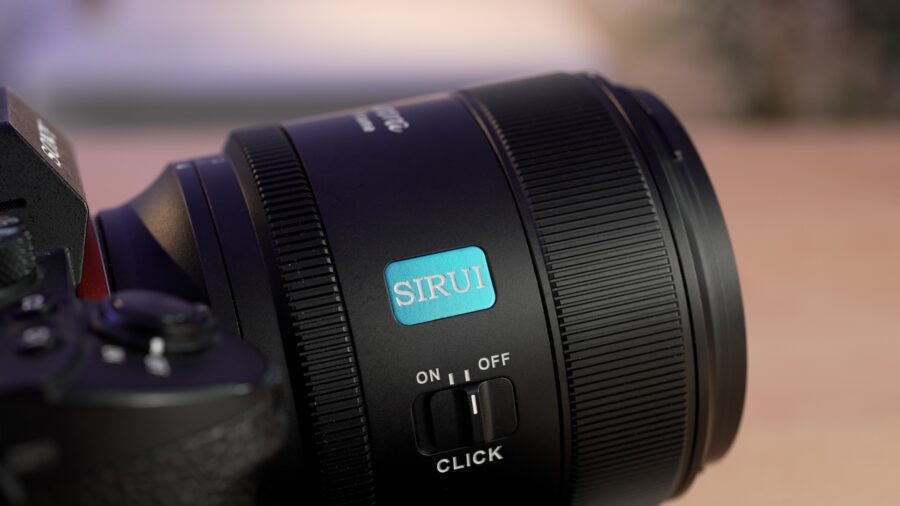
Lens body design
Next to being optically capable, there are two clutch buttons on each side of the lens. One for switching between autofocus and manual focus, and the other, for “clicking” or “de-clicking” the lens aperture. There is an additional button market with “AFL”. It is an assignable button, but I left it on “focus lock” as this proved to be very convenient while filming.
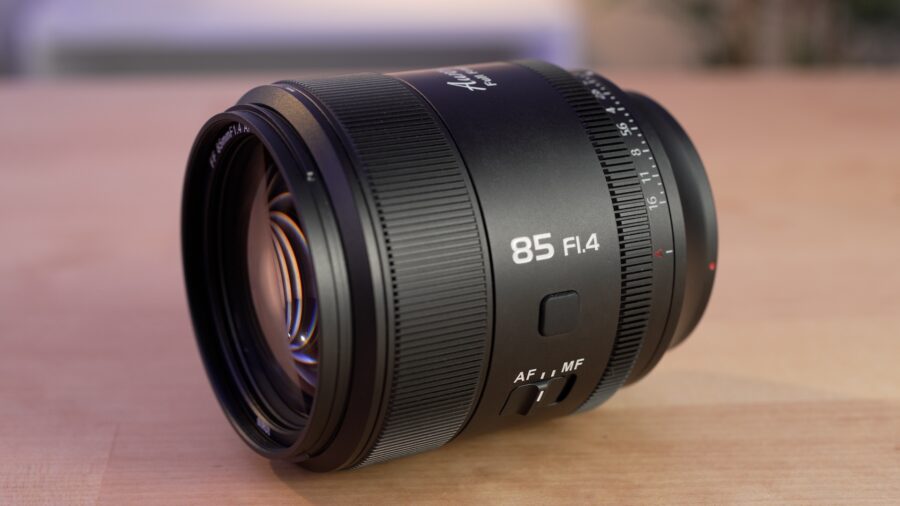
From my experience filming with this lens, the body seems to be solid. If there is anything I can criticize here, it is the lens cap (as it doesn’t keep the lens secure or stable when placed on a table.). I’m not sure what the issue is, and why such an elementary part of the lens is so difficult to produce effectively.
To complete this offering and ensure that the lens is “up to date”, like with most SIRUI’s lenses, there is a USB-C input connector for updating firmware if needed.
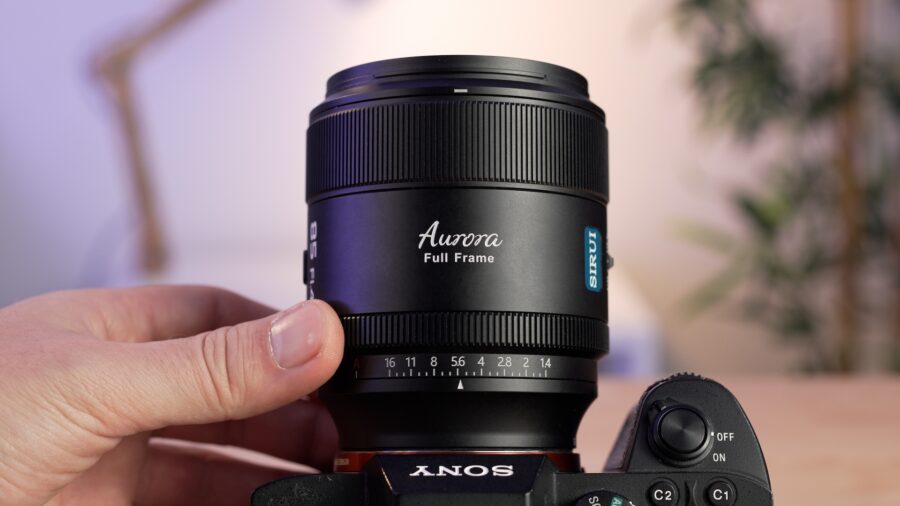
Conclusion
As a company that produces lenses, SIRUI went a long way from offering simple manual focus lenses to what we have here today. I truly believe that entering the full-frame autofocus lens market can contribute to their reputation and increase their customer base. This lens is the first of an entirely new product line and as such, I’m curious to see if the quality will stay consistent in further lenses to come. All in all, it has a solid modern sharp “look” that allows putting different kinds of filters in front of it for “look adaptation”. In fact, two 67mm filters are included with this lens. One is for UV protection, and the other is a 1/4 black mist which will be very helpful in “breaking” the sharp look that is much associated with such a lens.
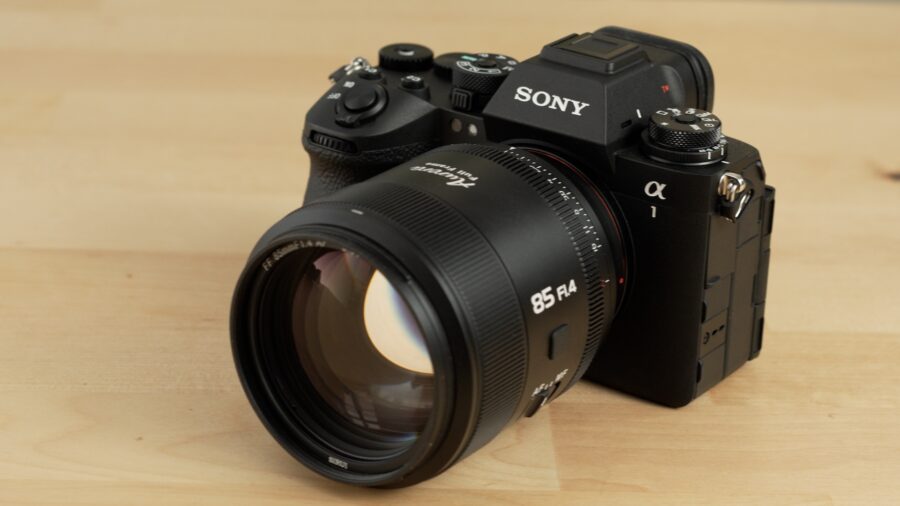
In the future, I hope to see an evolution of the Aurora line to suit the needs of filmmakers even more. Taking such a lens, adding hard stops, and gears will make it very desirable. SIRUI already has experience using similar optical designs in their S35 line of lenses (Sniper/Nightwalker) so hopefully the same can be done here.
What do you think about SIRUI’s move to enter the ever-growing full-frame autofocus market? Do you think that such a lens is beneficial for your production? Please share your thoughts with us in the comment section below.
